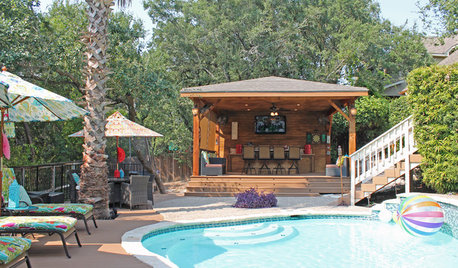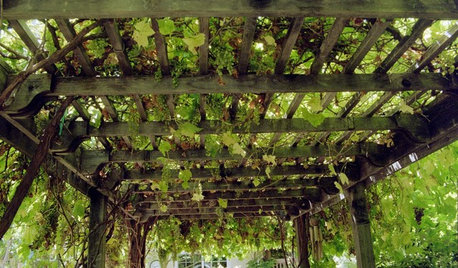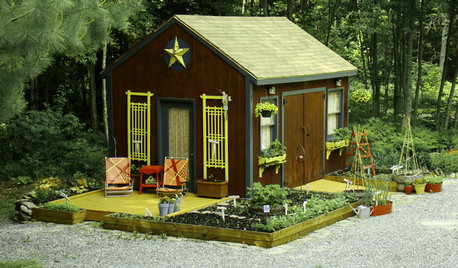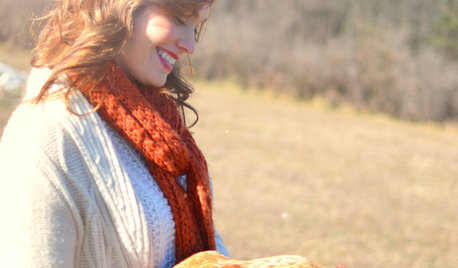Raised Bed Gardens Over 100 sqft
syntria
10 years ago
Related Stories

GARDENING GUIDES8 Materials for Raised Garden Beds
Get the dirt on classic and new options for raised vegetable and plant beds, to get the most from your year-round garden
Full Story
SPRING GARDENINGInspiring Raised Beds for Fall and Spring Planting
Make Your Next Vegetable Garden Even Better with Beautiful Boxes and Paths
Full Story
GARDENING AND LANDSCAPINGBuild a Raised Bed to Elevate Your Garden
A bounty of homegrown vegetables is easier than you think with a DIY raised garden bed to house just the right mix of soils
Full Story
GARDENING GUIDESGarden Myths to Debunk as You Dig This Fall and Rest Over Winter
Termites hate wood mulch, don’t amend soil for trees, avoid gravel in planters — and more nuggets of garden wisdom
Full Story
PATIOSRoom of the Day: Raising the Outdoor Bar in Texas
A covered patio with bar seating gives a family a new party space while offering protection from insects and the sun
Full Story
FARM YOUR YARDHow to Build a Raised Bed for Your Veggies and Plants
Whether you’re farming your parking strip or beautifying your backyard, a planting box you make yourself can come in mighty handy
Full Story
GARDENING AND LANDSCAPINGVertical Gardens Raise the Limits for Landscapes
Turn a small garden space into a towering success with an upward-bound collection of edible delights
Full Story
GARDENING AND LANDSCAPINGDig This Garden Shed Makeover for Less Than $300
New paint, accessories and raised vegetable beds turn a drab outpost into a colorful charmer
Full Story
GARDENING AND LANDSCAPINGRaise Backyard Chickens Without Ruffling Neighbors' Feathers
Before you build a coop in the backyard, follow these strategies to help keep your neighbors from squawking
Full Story
MOST POPULARA Fine Mess: How to Have a Clean-Enough Home Over Summer Break
Don't have an 'I'd rather be cleaning' bumper sticker? To keep your home bearably tidy when the kids are around more, try these strategies
Full StoryMore Discussions






digdirt2
wayne_5 zone 6a Central Indiana
Related Professionals
Hershey Landscape Architects & Landscape Designers · Wareham Landscape Architects & Landscape Designers · Winder Landscape Architects & Landscape Designers · Aloha Landscape Contractors · Darien Landscape Contractors · Essex Landscape Contractors · Harrisburg Landscape Contractors · Huntley Landscape Contractors · La Vista Landscape Contractors · Leicester Landscape Contractors · Oakland Landscape Contractors · Oklahoma City Landscape Contractors · Selden Landscape Contractors · Wareham Landscape Contractors · Whitehall Landscape Contractorsdigdirt2
seysonn
syntriaOriginal Author
digdirt2
syntriaOriginal Author
mckenziek
syntriaOriginal Author
courtneysgarden
syntriaOriginal Author
digdirt2
syntriaOriginal Author
syntriaOriginal Author
kathyb912_in (5a/5b, Central IN)
sffog
japus
VivVarble
VivVarble
japus
VivVarble
syntriaOriginal Author
art_1
syntriaOriginal Author
lucillle
japus
japus
mckenziek
Charlie
Charlie
syntriaOriginal Author
japus
seysonn
mckenziek
syntriaOriginal Author
Shelley Smith